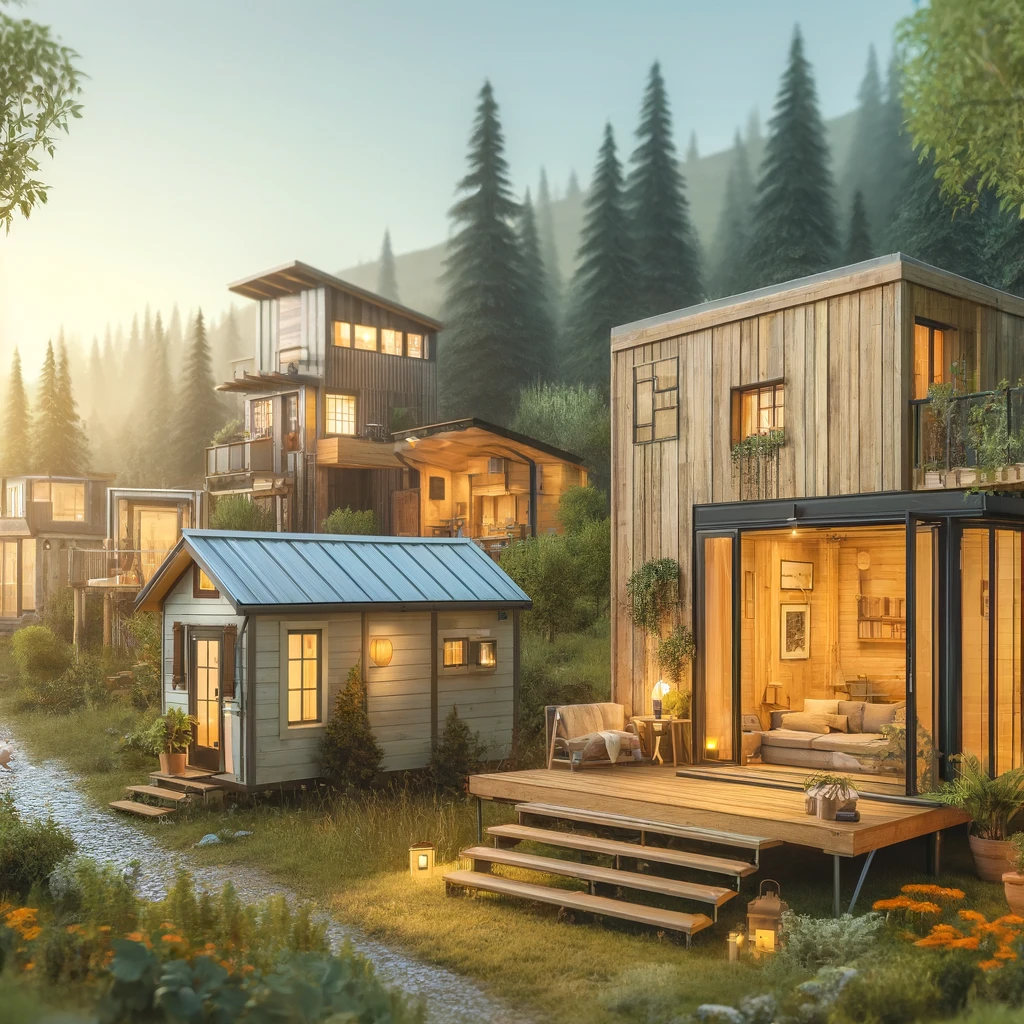
The tiny house movement, a trend that has taken the housing market by storm, champions the idea of living a simpler, more sustainable life in a smaller space. This craze is not merely a passing fad but a profound shift in how people view homeownership and lifestyle, emphasizing minimalism, freedom, and eco-consciousness over square footage and material possessions.
Tiny houses, often ranging from 100 to 400 square feet, challenge the traditional American dream of large homes, offering a less cluttered, more organized living environment. These compact abodes come in various designs, from modern and sleek to rustic and cozy, catering to diverse aesthetic preferences while maximizing space efficiency. Their design often includes multi-functional furniture, innovative storage solutions, and lofted sleeping areas, illustrating that size does not limit comfort and style.
The movement’s appeal extends beyond its quaint charm and innovative design. It speaks to a growing awareness of environmental issues, as tiny houses consume fewer resources and energy. Many are built with sustainable materials and incorporate green technologies, such as solar panels and rainwater collection systems, aligning with a lifestyle that respects and preserves our planet.
Financial freedom is another significant allure of the tiny house movement. With a smaller footprint comes a smaller price tag, offering an affordable housing option amidst soaring real estate prices. Owners often find themselves with less debt and more disposable income, freeing them to invest in experiences over possessions, travel, or pursue careers they are passionate about without the burden of a hefty mortgage.
The movement also embodies a desire for freedom and mobility. Many tiny houses are built on trailers, allowing owners to explore and set roots wherever they wish, a concept that resonates with the millennial generation’s value on experiences and adventure. This nomadic aspect challenges conventional notions of home and property, presenting a new paradigm of living that prioritizes flexibility and personal fulfillment.
However, the tiny house movement is not without its challenges. Zoning laws and building codes in many areas are not yet adapted to accommodate these miniature dwellings, creating legal and logistical hurdles for aspiring tiny house owners. Moreover, the movement demands a significant lifestyle change, requiring individuals to pare down their belongings and adapt to a more confined living space, which may not appeal to everyone.
Despite these obstacles, the tiny house movement continues to grow, supported by a community of enthusiasts who share their experiences and advice through social media, blogs, and television shows. This community aspect is crucial, offering support, inspiration, and a sense of belonging to those who choose to downsize their lives in such a radical way.
In conclusion, the tiny house craze is more than just an architectural trend; it’s a social movement that reflects changing values and priorities. It encourages people to reconsider what they need to live happily and comfortably, promoting a lifestyle that is sustainable, financially liberating, and flexible. As society evolves and confronts issues like environmental degradation, economic uncertainty, and a redefinition of the American dream, the tiny house movement stands out as a symbol of adaptation and resilience, offering a unique solution to modern-day challenges.